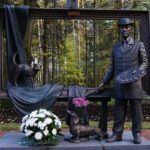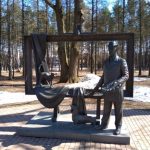Empire style sculptor Vasily Demut-Malinovsky
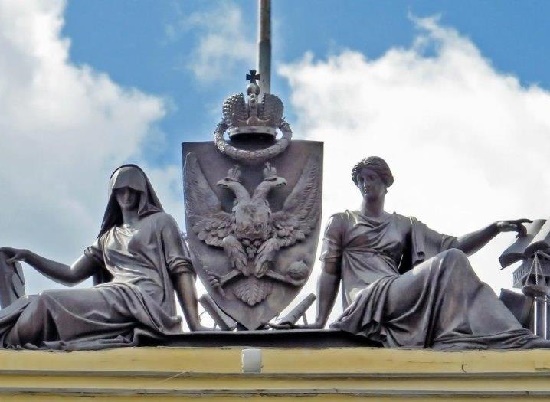
Empire style sculptor Vasily Demut-Malinovsky
Some of the most spectacular buildings of the architect Carlo Rossi are the buildings of the Senate and the Synod. The ensemble consists of two buildings connected by a majestic arch decorated with the picturesque sculptural group “Piety and Justice”. In fact, it symbolizes the unity of the church and the state, giving the buildings even more splendor and elegance. Vasily Demut Malinovsky, in co-authorship with Stepan Pimenov, Nikolai Tokarev and Pavel Sokolov, created monuments reminding unfaithful about the punishing sword of justice.
Works by Russian sculptor of the Empire style Vasily Ivanovich Demuth-Malinovsky (1779 – July 16, 1846) decorate St. Petersburg buildings and squares. In particular, the Kazan Cathedral, the arch of the General Staff, the Mikhailovsky Palace, the Mining Institute, the Narva Triumphal Gates, and the building of the Imperial Public Library. Besides, his works include the marble bust of Emperor Alexander I, preserved in National Library and the monument to Vladimir the Great in Kiev.
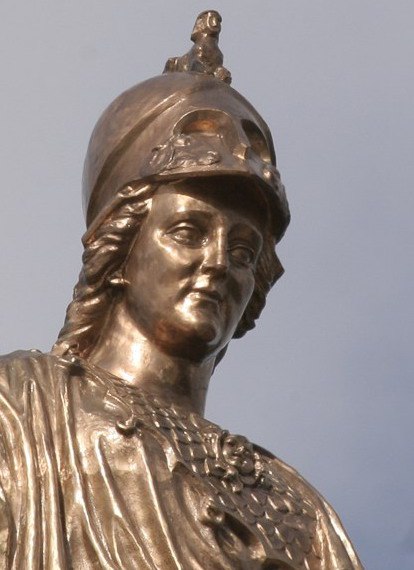
The smallest Sphinx of St. Petersburg appeared in 1832, and it lives at the intersection of Nevsky Prospekt and Sadovaya Street, on the main building of the Russian National Library. Sculptor Vasily Demut-Malinovsky placed it on the helmet of the goddess Minerva, crowning the attic of the main facade of the building. It is very difficult to see from the ground, but it, like the “elders”, can fulfill any secret desire.
Among the masters of the Russian monumental sculpture of the first half of the XIX century, Vasily Ivanovich Demut-Malinovsky occupies one of the most significant places. His works were consonant with the heroic era of the Patriotic War of 1812, close to the thoughts and feelings of the people. Born in 1779 in St. Petersburg, in the family of a wood carver, the boy first got acquainted with art at home, watching the work of his father. Noteworthy, in 1785, a six-year-old child, began studying at the art school of the Academy of Arts.
The first success was in 1799. Thus, for the bas-relief “Angel takes the apostle Peter out of the dungeon” Demut-Malinovsky received a gold medal of the second degree. Then followed the First Gold Medal (1800) for the bas-reliefs executed together with other artists to the monument of Peter I of Rastrelli’s work. The same year he graduated from the Academy of Arts. Two years later, at the competition, his project of a gravestone to the sculptor M. I. Kozlovsky was recognized as the best. The musicality of lines, the classical rigor of silhouette, rhythmic expressiveness distinguish this bas-relief allegorical composition, full of true grace and subtle lyricism. Demut-Malinovsky managed to find expressive artistic means in order to convey strong human feelings, deep sorrow for the deceased teacher.
In 1803 Demut-Malinovsky, along with other pupils of the Academy of Arts, went to a foreign business trip to Italy. There he studied the monuments of Western European art and the architecture of ancient Rome. In his albums appeared a lot of drawings from nature and “antiques”, and there were compositions on mythological themes. In Rome, he began working on the creation of the bas-relief “Hercules and Omphalus.” The artist gave a lot of time and energy to comprehend the most complex art of marble processing, which he mastered to perfection by the end of his stay in Italy.
Upon his return to his homeland in 1806, for the sketch of the statue of Elijah the Prophet, he received the title of academician. The main activity of the sculptor on his arrival in St. Petersburg was to create a decorative design of the then constructed Kazan Cathedral and the Mining Institute. For the Kazan Cathedral, he performed the statue of Andrew the First-Called, and for the Mining Institute – a sculptural group “Rape of Proserpine by Pluto” on the plot of ancient mythology.
One of the earliest works of the master in the field of tombstones was the monument to EI Baryshnikova (Museum of Architecture of the Academy of Construction and Architecture of the USSR). In 1814 he performed a monument to the tomb of A. N. Voronikhin (“Necropolis of the XVIII century.”, Leningrad Museum of Urban Sculpture). But the most fruitfully the sculptor worked in the art of monumental and decorative plastics. Here began his activities with S. S. Pimenov, their cooperation began in 1820-1821.
Outstanding Russian sculptor Vasily Demut-Malinovsky died on July 16, 1846. His name is forever associated with the beauty and grandeur of the architectural ensembles of St. Petersburg.
Empire style sculptor Vasily Demut-Malinovsky
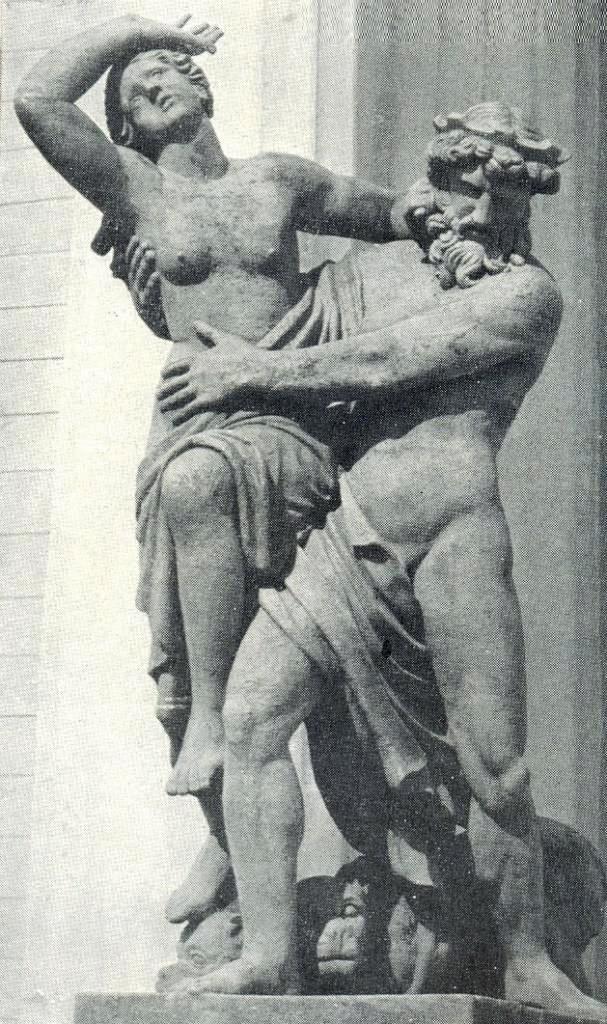
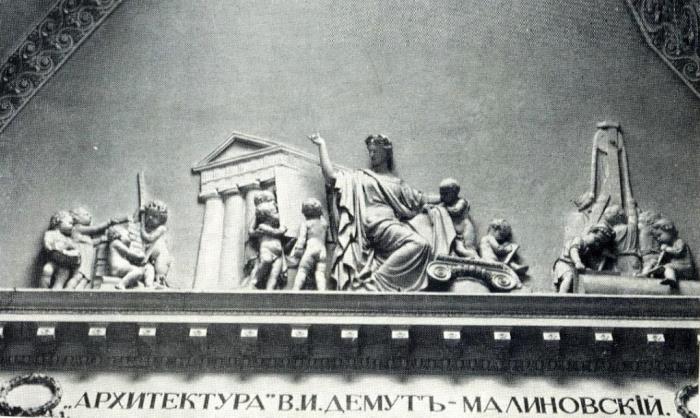

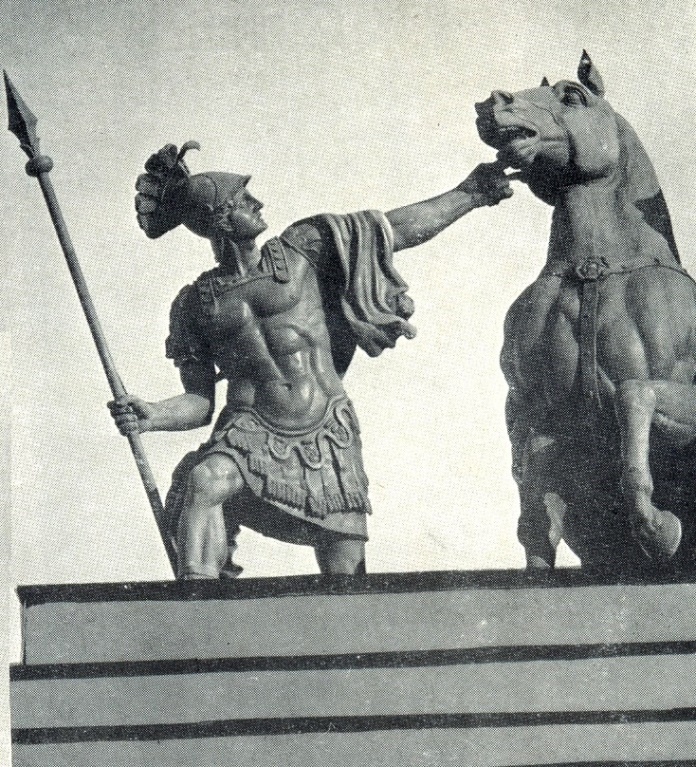

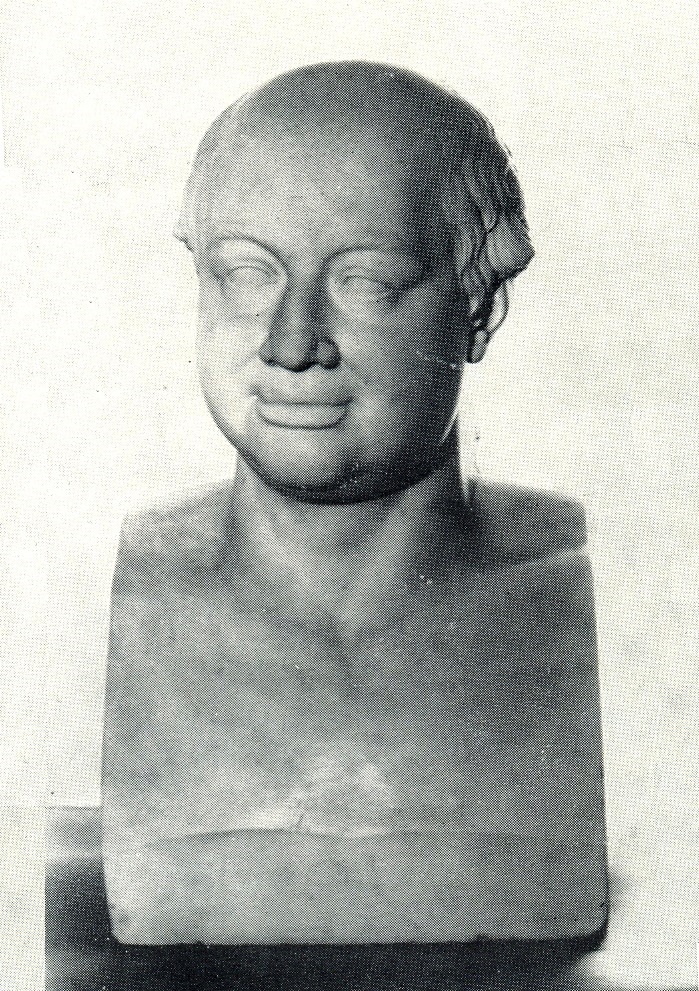
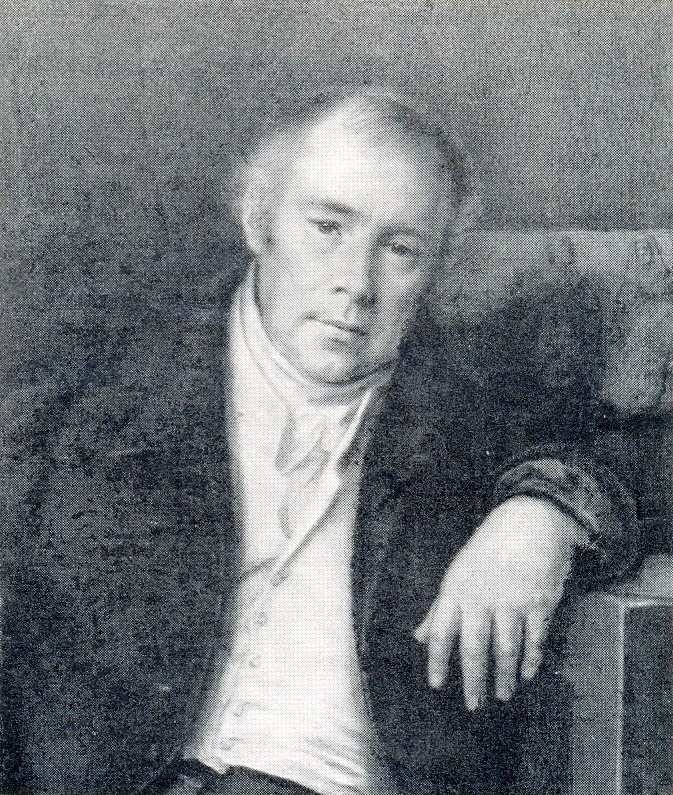

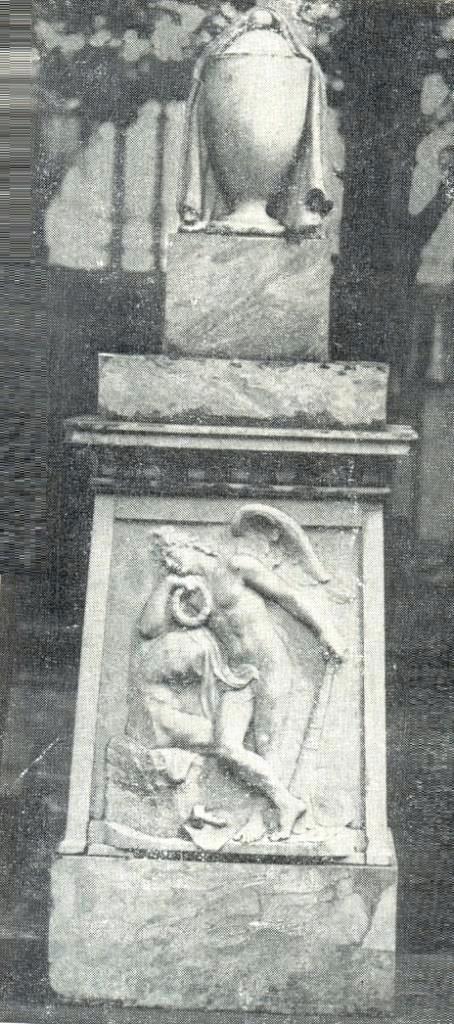
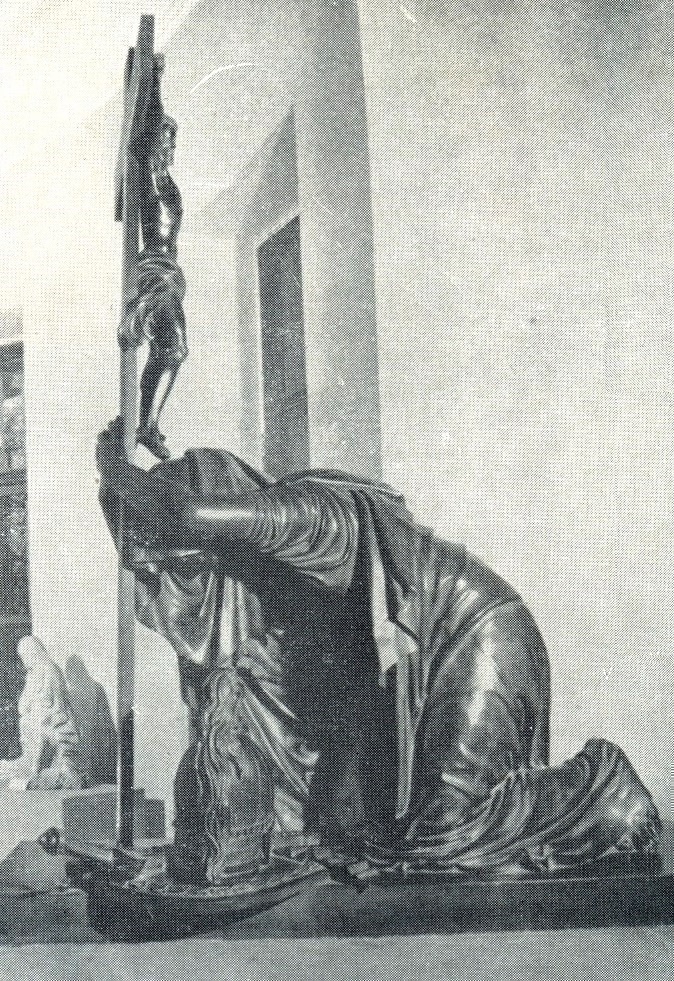
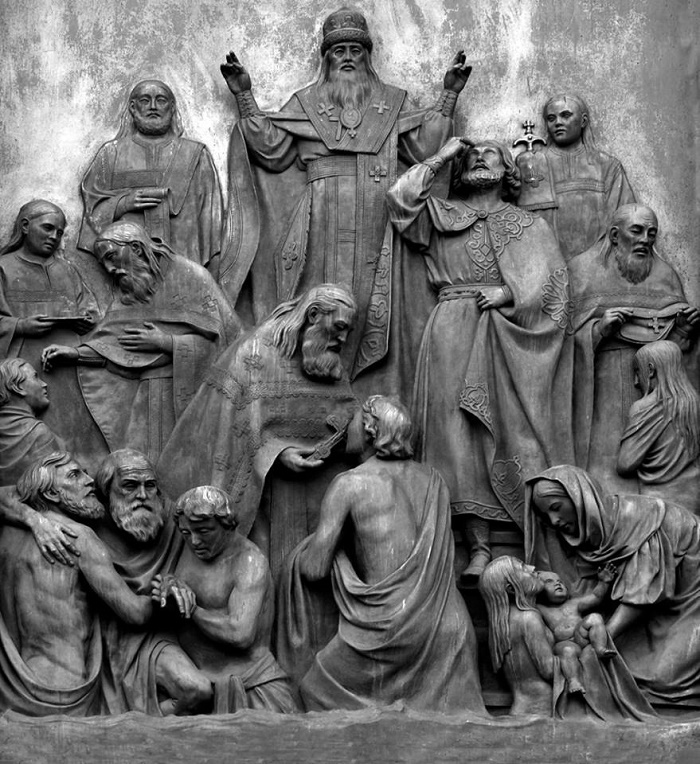

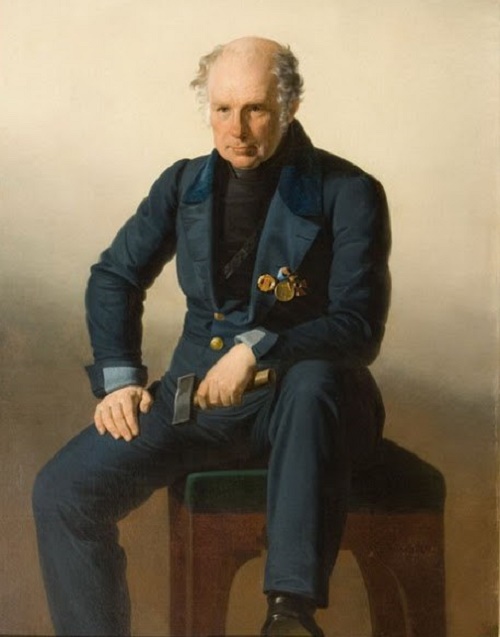


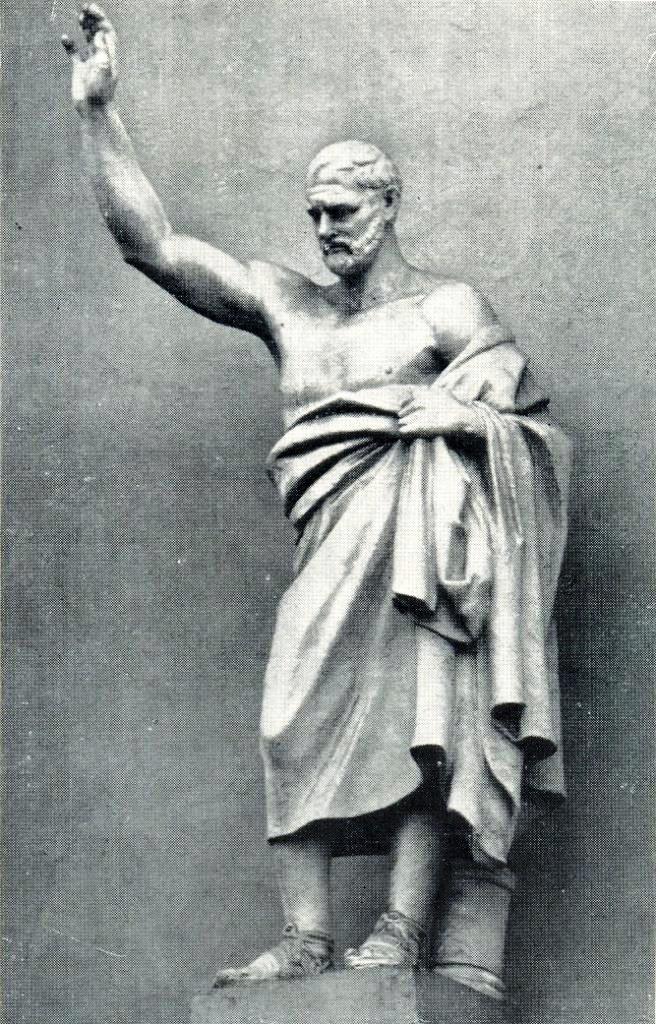
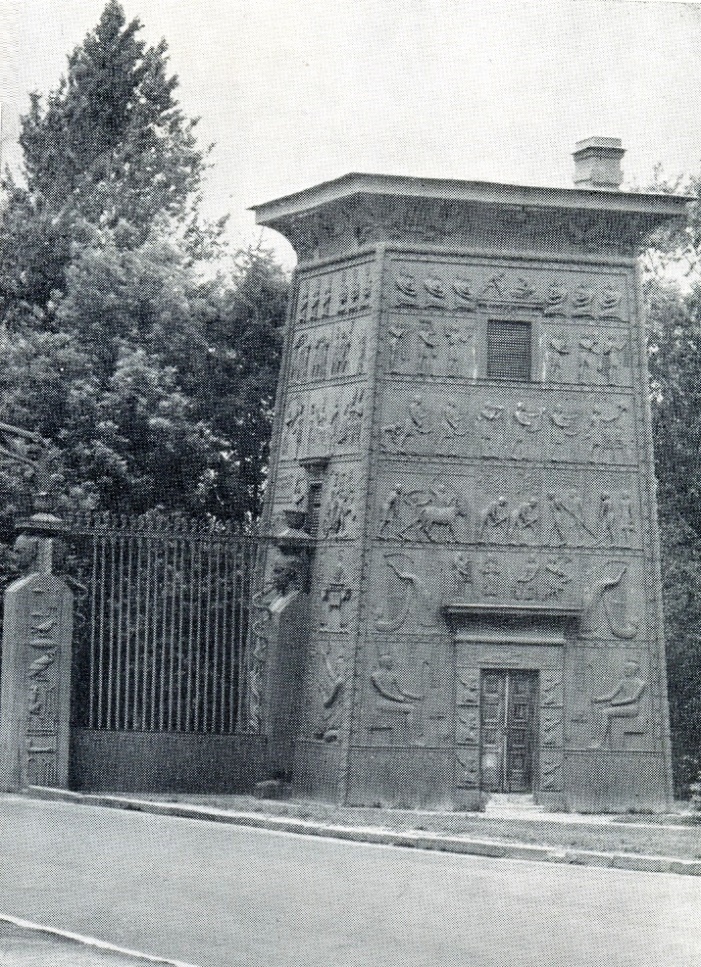
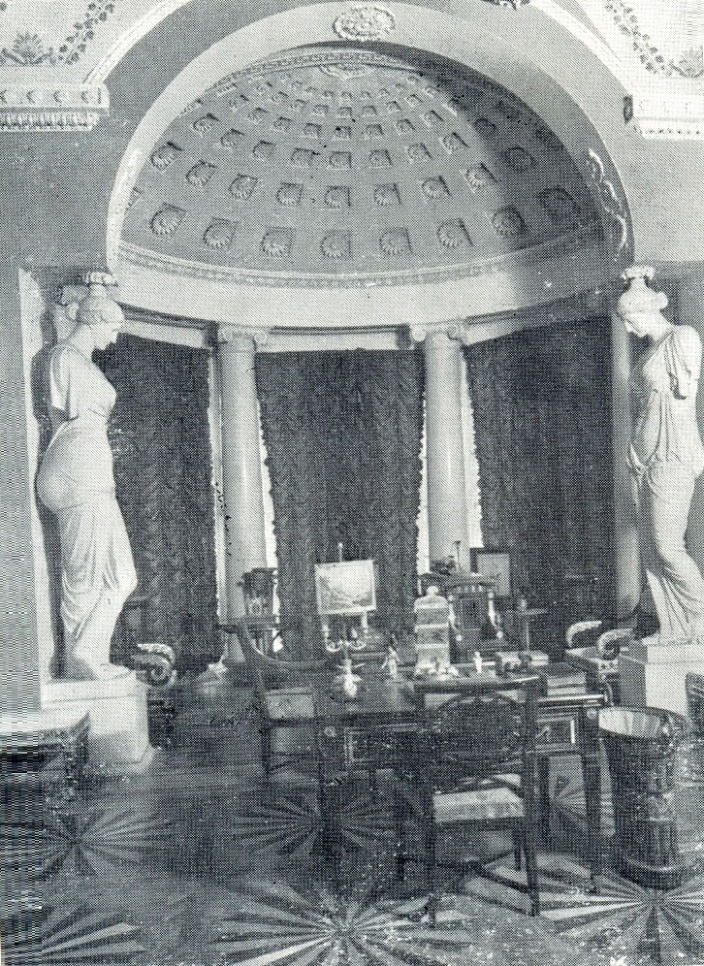
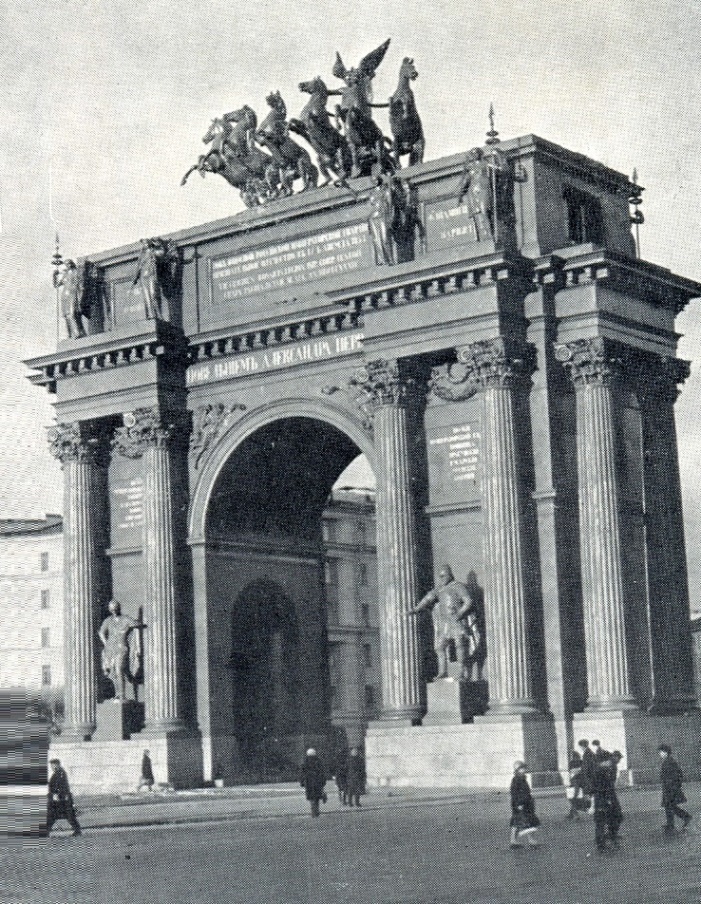


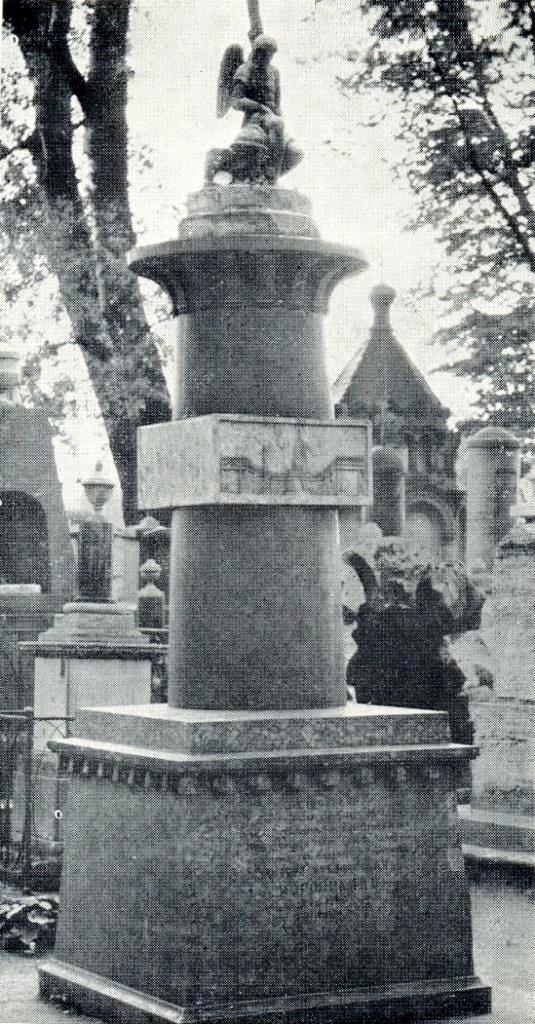

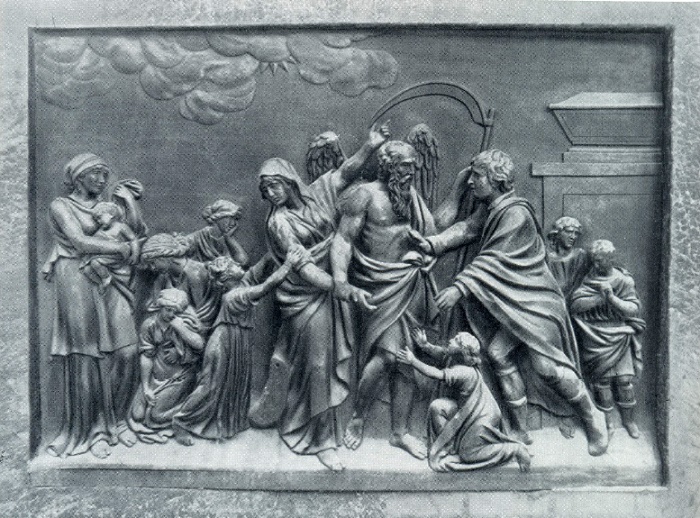
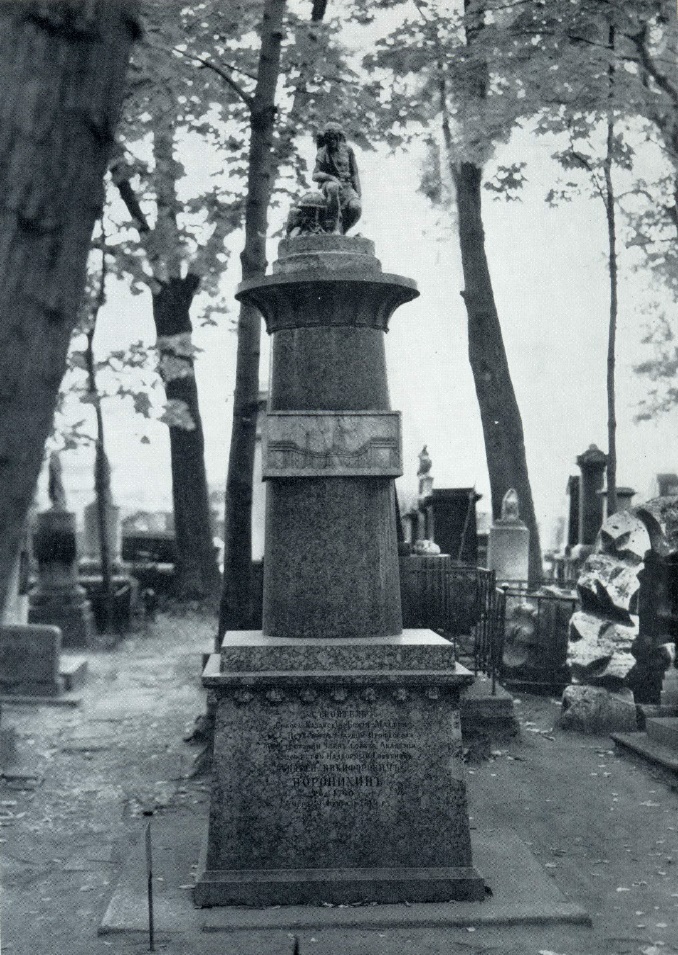


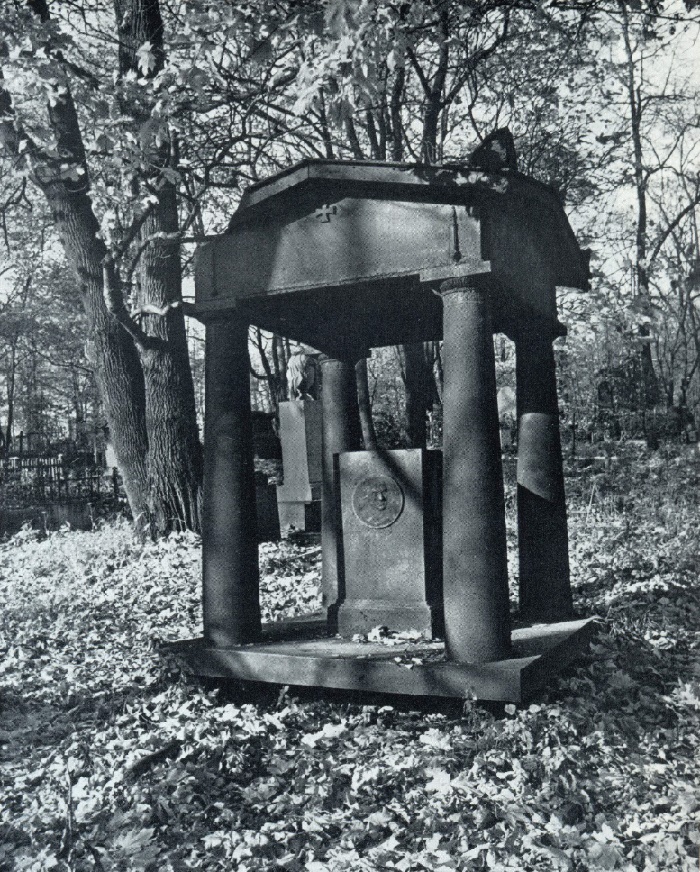
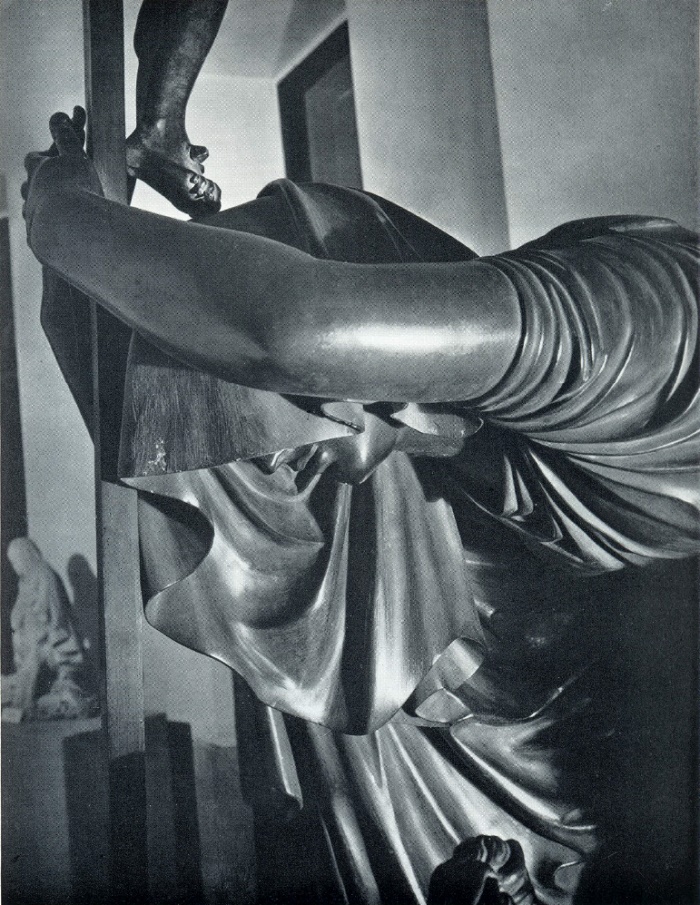


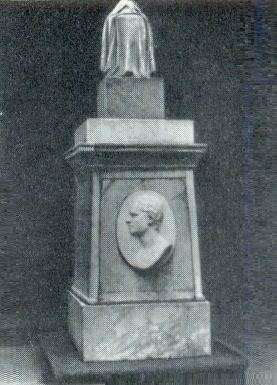
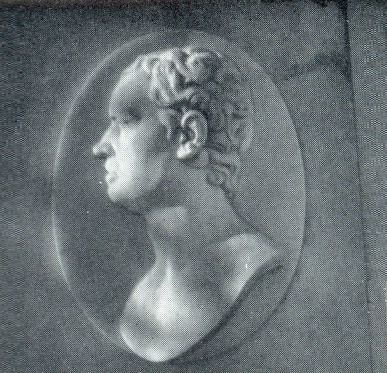

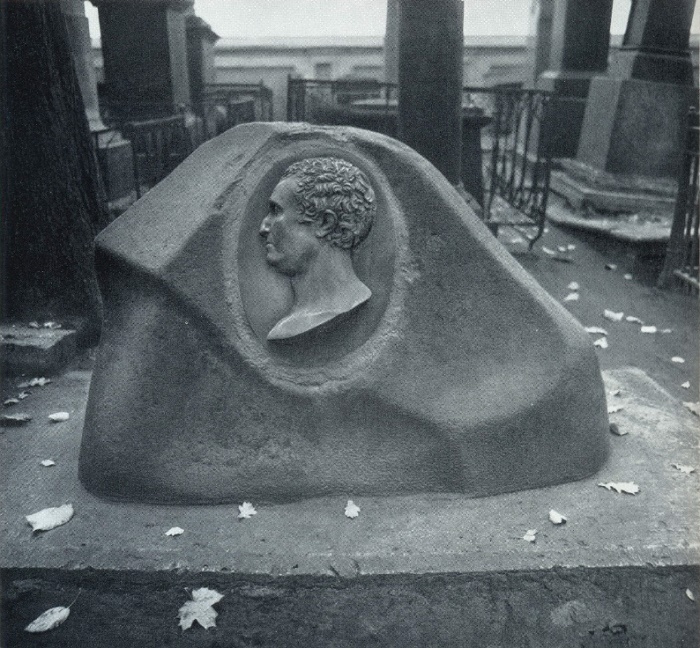
sources
1. L.B Aleksandrova. “Vasily Ivanovich Demut-Malinovsky.” Series: The mass library on art. Publisher: Leningrad. Artist RSFSR. 1980
2. Russian memirial sculpture. Moscow “Art”, 1978

